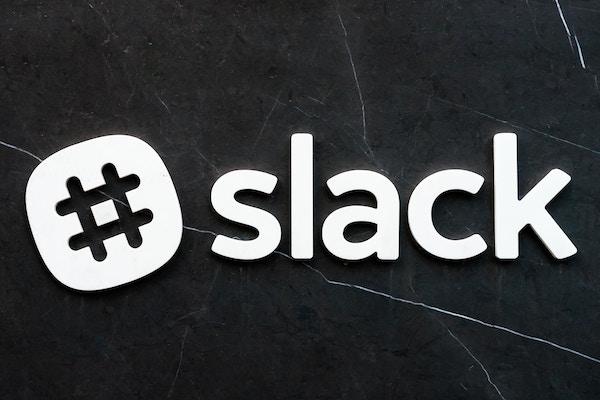Is Slack a Time-Saver or Time Suck?
Published: May 17, 2017

If you’re not Slacking, you’re slacking. Which is to say if you’re not using the instant messenger service Slack, then you’re behind the times. Or so millions of Slack users and the 400 employees at Vancouver-based Slack Technologies want you to believe. The truth is Slack isn’t all that novel. And perhaps the sole genius of Slack is that it’s called Slack.
The following comes from a thorough look at Slack in the latest issue of New York:
Slack was not the first company to offer workplace chat and instant messaging: Before Slack, there was Campfire; there was HipChat. Slack, though, was the one that became a verb. What do you do at work? I Slack. Did they get that taken care of? Yeah, we Slacked. Are you busy? No, just Slacking. The irony — Slacking at work! — is too obvious to be actually funny, but it still suggests an appealing baseline attitude. Slacking might feel stressful sometimes, but it never sounds that way.
I Campfire. Yeah, we HipChatted. No, just Campfiring. Indeed, these aren’t phrases I can imagine millions of millennials wanting to repeat 67 times a day, can you?
In any case, Slack (which supposedly is an acronym for Searchable Log of All Conversation and Knowledge) has built quite a following. Today, the company claims 5 million users and has an estimated worth of $3.8 billion. And so, it would follow that Slack is much more than just a catchy name.
The Slack sell to employers is that it decreases the burden of email, because nobody likes email. (Whether infinite chatty one-line messages are preferable to an overflowing inbox is debatable; for now, though, Slack retains the advantage of novelty.) It integrates the tools you already use, like Google Drive, so you can easily centralize everything. These functions aren’t so different from those of previous chat apps, but Slack makes them look good (a friendly interface) and run better (speedy, reliable, with a strong search function).
All of this has earned Slack word-of-mouth enthusiasm, not something generally associated with workplace software. It’s “cool office culture, available for instant download,” Slate declared two years ago, as the phenomenon was taking hold. Or, as Ali Rayl, Slack’s director of customer experience, puts it (in faintly depressing terms), Slack allows users to “create the human connection without the human overhead.” Slack’s work chat is the consummation of the open-plan-office dream—an unstructured space where you can share, collaborate, and see what everyone else is working on.
As for Slack detractors, they believe that Slack, at best, can too easily be used unproductively and, at worst, is nothing more than a work-sanctioned social media channel that sucks your time and life away.
Slack might present itself as a beacon of transparency—a bright, door-free office with a bot taking lunch orders—but it’s also the post-meeting smoke break, offering easy access to the conspiratorial intimacy on which co-worker friendship thrives (especially coveted in the open-plan realm, where privacy can be hard to come by).
Slack is also perfect for conspiring and bitching. Group DMs, and even more so, private invite-only Slack channels, allow you to codify social factions with an ease rarely seen beyond middle school. You can start a fun channel and give it a fun name, like you’re a seventh-grade girl with a cool clique. Or you can give it a sneaky name—“research-help”—to avoid detection when you’ve got it pulled up on your screen. A private chat can become the venue for office play-by-play in real time: the co-worker who always comes by to mooch snacks (Here she is again!) or the one trailing a miasma of cologne.
In my limited Slacking experience, I’ve seen how Slack can be an incredible tool for collaborating and brainstorming. The speed at which ideas can be shared via Slack is impressive; I’ve seen great work accomplished via Slack that I don’t think could’ve been accomplished via traditional email or in-person meetings—at least, not at the same speed.
However, I’ve also seen minute after minute sucked away thanks to the sugary pleasure that Slacking encourages—one liners, GIFs, emojis, gossip, etc. And my guess is I've not seen even more minutes sucked away thanks to the addictive sweetness of Slack.
And so, perhaps the following sentence best encapsulates the potential power of Slack and Slacking:
It’s definitely possible to get work done on Slack; it’s also possible to make yourself feel like you’re working without actually accomplishing anything.
Follow me on Twitter.
Follow us on Instagram.
